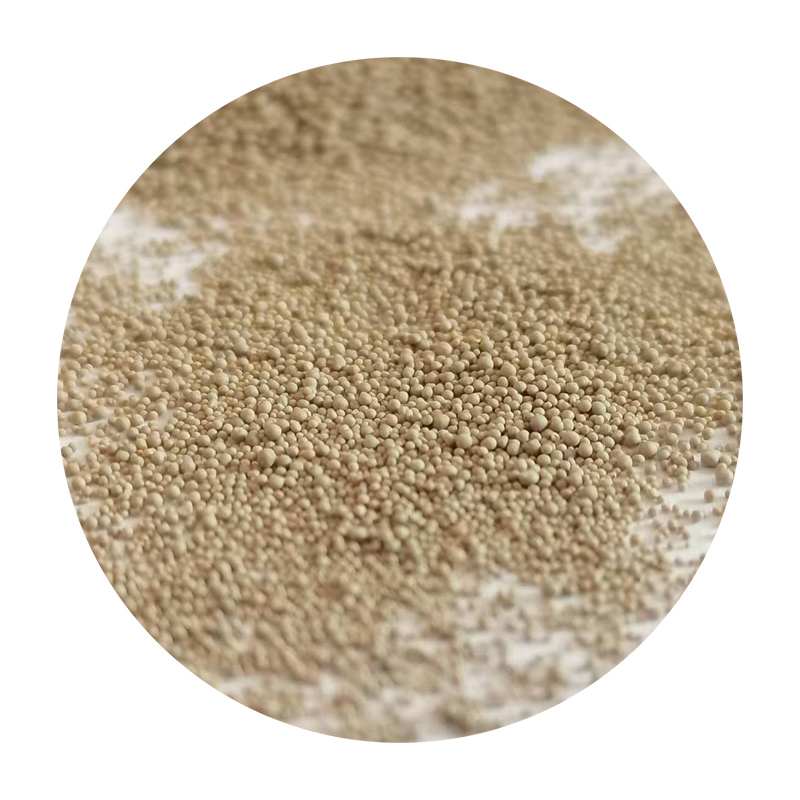The Resin Sand Casting Process An Innovative Approach to Metal Casting
Resin sand casting is a sophisticated and efficient method in the realm of foundry practices, offering distinct advantages over traditional casting techniques. This process utilizes a mixture of sand and resin, which is activated by heat to create a strong, durable mold. As technology advances, resin sand casting has gained popularity in various industries, including automotive, aerospace, and general manufacturing.
One of the primary benefits of resin sand casting lies in its ability to produce complex geometries with high precision. The sand mixture is combined with a chemically bonded resin, allowing for intricate designs that would be difficult to achieve with conventional sand molds. This capability not only enhances the aesthetic quality of the final product but also improves functionality, making it suitable for components with intricate features.
The process begins with the preparation of the sand-resin mixture. The sand is typically silica, which is combined with a liquid resin and a catalyst to form a cohesive mass. This mixture is then shaped into a mold using patterns that represent the desired final product. Upon exposure to heat, the resin quickly cures, solidifying the mold with remarkable strength and rigidity. This rapid curing process significantly reduces the lead time for producing molds compared to traditional methods.
resin sand casting process

Another major advantage of resin sand casting is its reduced risk of defects. The tight tolerances achievable through this technique minimize issues such as porosity and shrinkage, which can frequently plague other casting methods. The uniform composition of the resin-sand mixture contributes to fewer inconsistencies and a higher-quality finish, thus ensuring that components meet stringent industry standards.
In addition, resin sand casting is environmentally friendly. The process generates less waste, and many foundries are now exploring the use of sustainable materials, making it a more attractive option in today’s eco-conscious market. Moreover, the molds can often be recycled and reused in future castings, further enhancing the sustainability of the process.
However, it is worth noting that while resin sand casting boasts many advantages, it also comes with a higher initial cost due to the materials and equipment required
. Nonetheless, the long-term benefits, including reduced labor costs and improved quality, often offset these initial expenses.In conclusion, the resin sand casting process represents a significant advancement in metal casting technologies. With its ability to produce high-precision components efficiently, it stands out as a preferred method in numerous applications. As industries continue to evolve and demand greater efficiency and quality, resin sand casting is poised to play a crucial role in meeting these challenges, making it a vital technique in the manufacturing landscape.
Post time:Nov . 14, 2024 14:14
Next:how to sand ceramic
